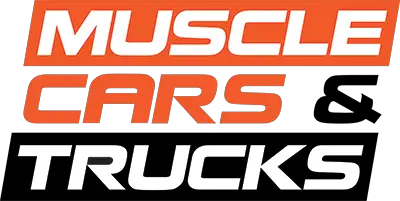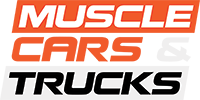By now we’re all intimately familiar with one of the internet’s favorite automotive memes: the LS swap. It all started in 1997 when the LS1 arrived under the hood of the C5 Corvette, followed by the fourth-gen Chevrolet Camaro and Pontiac Firebird. At the time, no one really knew that GM’s new Gen III small-block architecture would be an absolute game-changer when it came to performance and efficiency from a V8 engine.
Unfortunately, due to the success of subsequent higher-performing (and more expensive) Gen IV LS engine designs like the 6.2L LS3, as well as the Gen V LT1 V8 crate engine, the iconic LS1 may have been overcrowded.
As a result, the 5.7L Gen III LS1 was quietly dropped from the Chevrolet Performance Catalog some time ago, and continues for 2021. Other legendary Gen III small-block crate engine derivatives have also been put to rest as recently as 2019: including the LS2, the LS6, the LS7, the LS9, and the LSA. Others dropped from the catalog include the 5.3L LS327, 6.0L LS364/440, the L96, and the LSX454R. Even the popular 350/290 Base crate engine – once advertised as Chevy’s best-selling crate motor – is also missing in action. All of these engines offered incredible power for their size, weight and budget.
With the discontinuation of the iconic Chevrolet Performance LS crate engine, the democratization of horsepower, performance, and V8 engines has since gotten more expensive.
In Memoriam: The LS1 V8 Crate Engine And The Gen III Small Block Family
When the 5.7L LS1 showed up it was a clean-sheet design built around the basic 4.4-inch bore-center design of the original SBC. Old-school pushrod, two-valve per cylinder technology employed since 1955 was retained, a decision widely criticized as being archaic compared to the newer DOHC designs coming from Ford.
People had no clue.

Where the LS1 really differed from its elders was in the cylinder head design. Penned by engineer Ron Sperry, a man who had been part of GM’s NHRA Pro Stock, NASCAR, and Indianapolis 500 programs. Sperry is the originator of the spread-port, straight-flow heads which are now common on both small and big-block applications from GM, such as the 1,004 horsepower ZZ632 crate engine.
Despite Sperry’s cylinder head design appearing in numerous competition cars and blown big-power-alcohol-fuelled marine engines since 1986, his equally spaced port design wouldn’t reach roadgoing production until the Gen III LS1 became available in the 1997 Chevrolet C5 Corvette.
A deep-skirted block with six-bolt mains for strength was required to cope with the new capabilities bestowed by the high-flow heads. Part of that was a radical shift from a 23-degree valve angle to a much flatter 15-degree angle with cathedral ports that complemented the valve angle. Accompanying the new valve angle was a high-lift camshaft actuating big 2.00/1.55 valves.
The combustion chamber was also far flatter, bringing an increase in compression allowing power to scale and fuel economy to increase, which in turn caused exhaust emissions to plummet courtesy of a better burn. It almost sounds too good to be true when looked at in retrospect.

At the time the engine was rated at 350 horsepower and 365 lb-ft of torque, but by the time 2002 rolled around the 5.7L LS1 would reach the pinnacle of its design, the 405 hp LS6. Both of which are jumped by the current 6.2L Gen V LT1 and its 450 hp and 450 lb-ft of torque.
Truthfully, the lack of mourning for the LS engine is likely due to the legacy it spawned. While the cost efficiency of the LS1 and its spinoffs may have disappeared from the catalog, there are still plenty of dirt-cheap alternatives available that still count as an “LS Swap” in some eyes. Especially if you don’t mind modifying a small block from a GM truck or SUV.
Cast-iron LS-based truck engines with 3.78 in. bore blocks like the 4.8L LR4, and 5.3L LM7, L59, and LM4 V8s can be found in junkyards across the continent, all capable of withstanding more than 1,000 hp with a stock bottom end. Or there’s always the mythical U-haul LS engine swap. Even though the LS1 and other Gen III small-block V8s are no longer available as complete crate engines through the catalog, performance parts remain available.
With the continuing push towards electrification and GM’s insistence on eliminating the combustion engine, we can only hope the legacy reignited by the Gen III LS1 in 1997 will continue to live long enough to see the release of the next-generation Gen VI small-block architecture.






